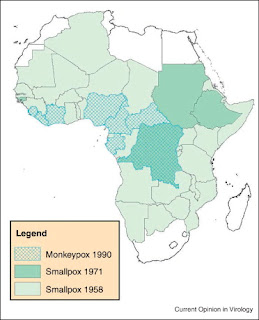Junior year, in my opinion, could definitely be considered the most stressful year in high school. Tests that decide your future, rigorous schedules, and narrowing down some college decisions. Especially in society today, stress can be harmful, even deadly! According to the video we watched today, 40,000 heart attacks were recorded to have been triggered by stress. Once again.... mind blown.
Short term stress can actually help you be more efficient and productive... but to a point.
Long term stress can cause build up in arteries, causing cardiovascular problems. The body's natural healing process is also affected by long term stress and can also cause a weak immune system. Along with being prone to sickness and risks of heart attacks, stress can cause ulcers, colitis, and problems with the reproductive system.
So you have stress... and now even more stressed thinking about these dangerous affects. DON'T FEAR. There are multiple ways to deal:
-yoga
-meditation
-deep breathing
- focusing on certain sounds
-more sleep
My stress reduction method involved deep breaths and stretching. This works for me because oxygen flow to the brain automatically relieves stress and clears your mind. And stretching literally makes my body feel more relaxed. The two combined would be considered yoga I guess which is ideal, and would do more often if I had the time! So breathing and stretching will be my relievers during finals. Bring it.
Different stretching positions that can help reduce stress.
http://yogabellystudio.com/blog/?p=465














